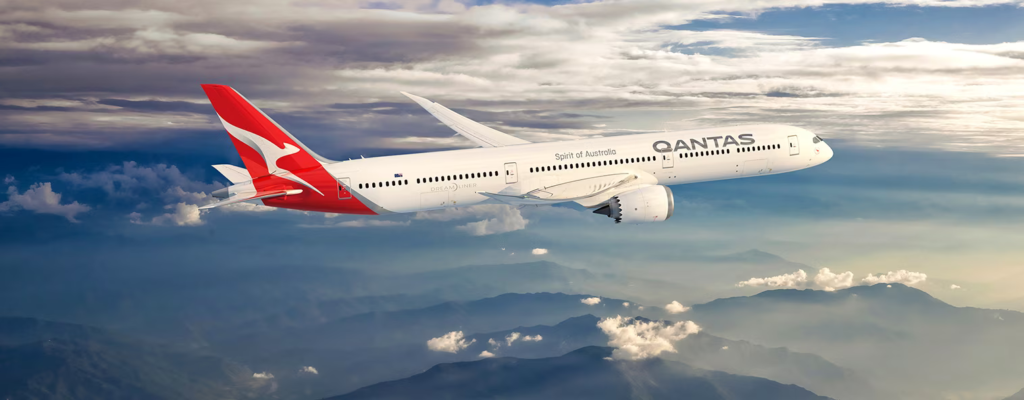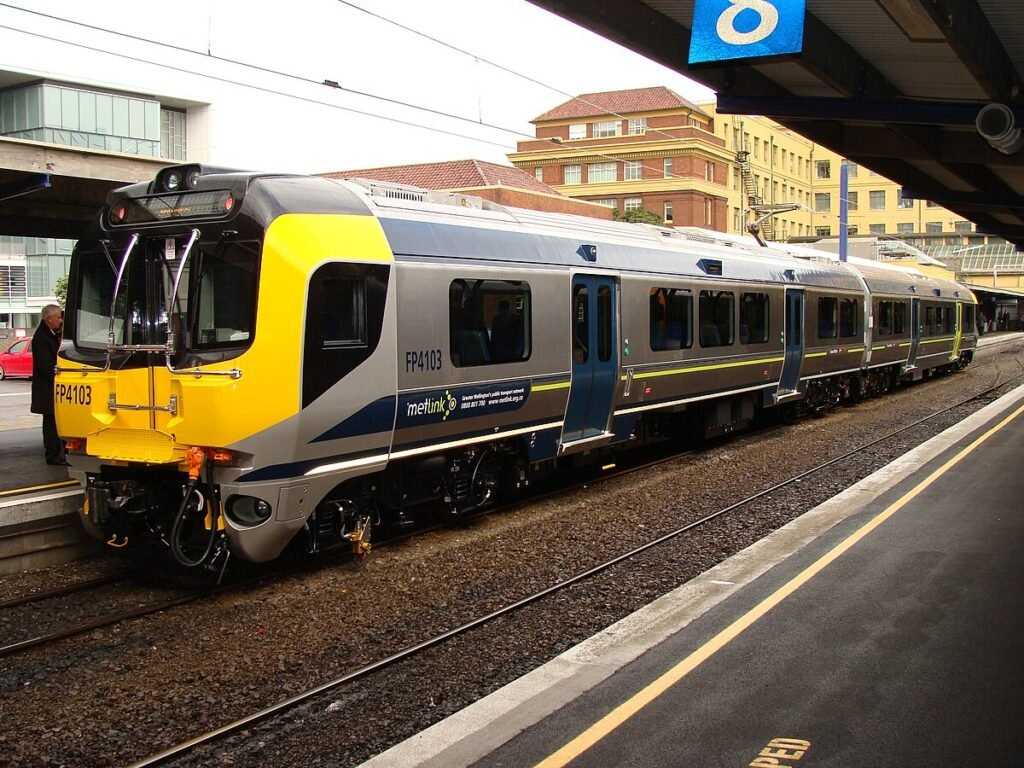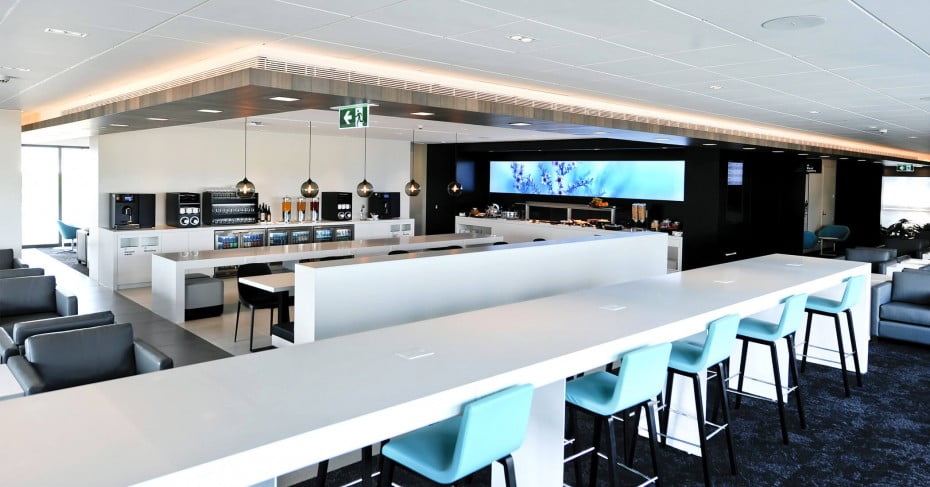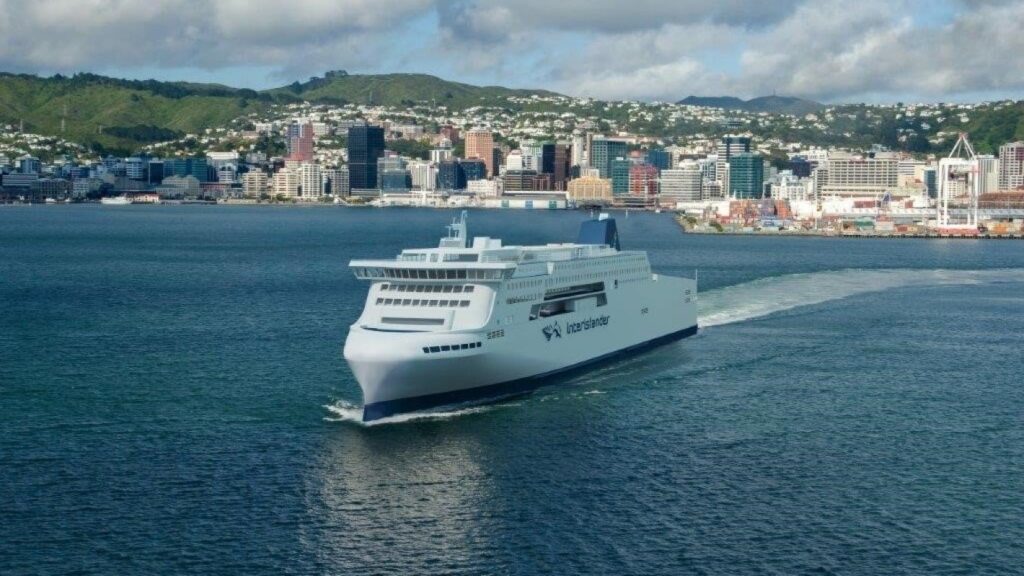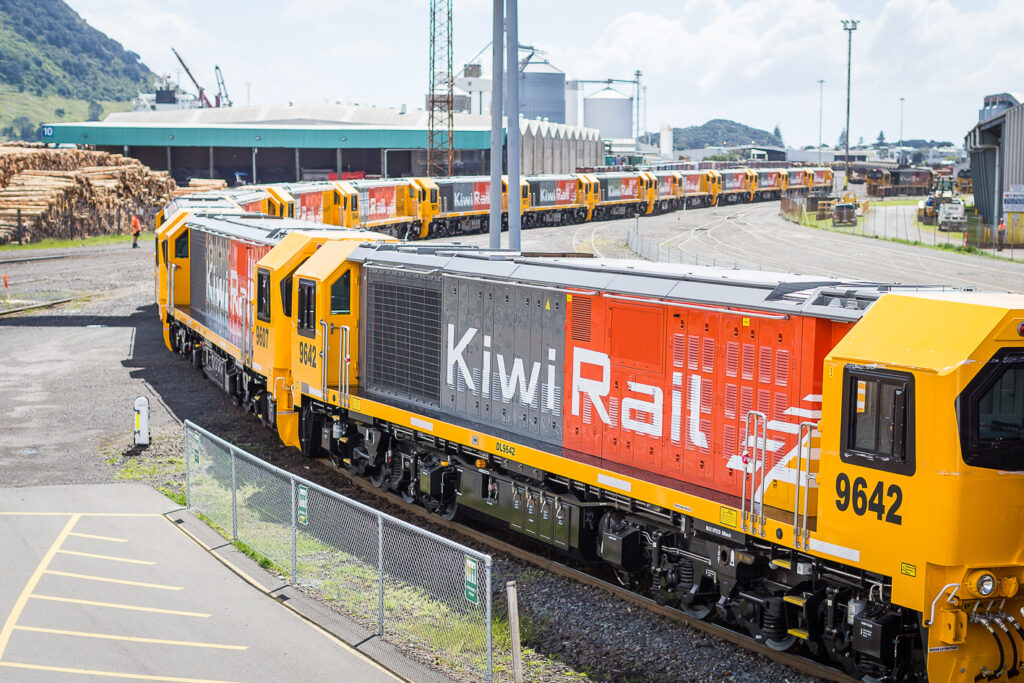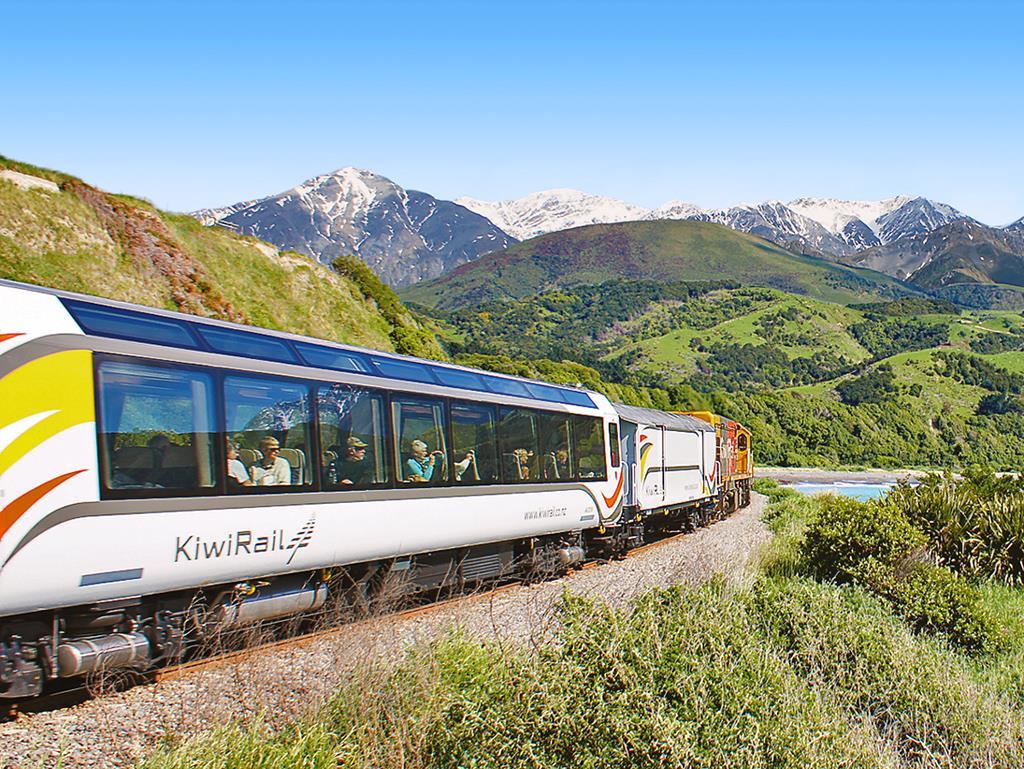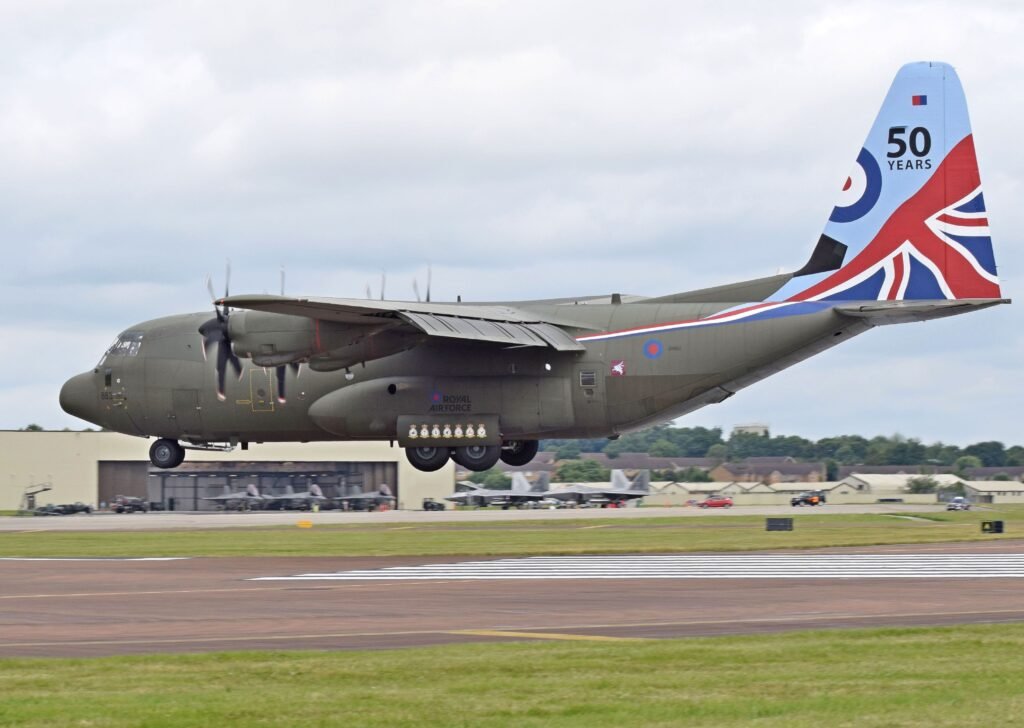Qantas Group provides market update
September 25, 2023, Qantas Airways Ltd ADR (OTC-QABSY) - The Qantas Group provides the following update to inform the market of a material increase to investment in customer improvements, continued strength in travel demand and the…
